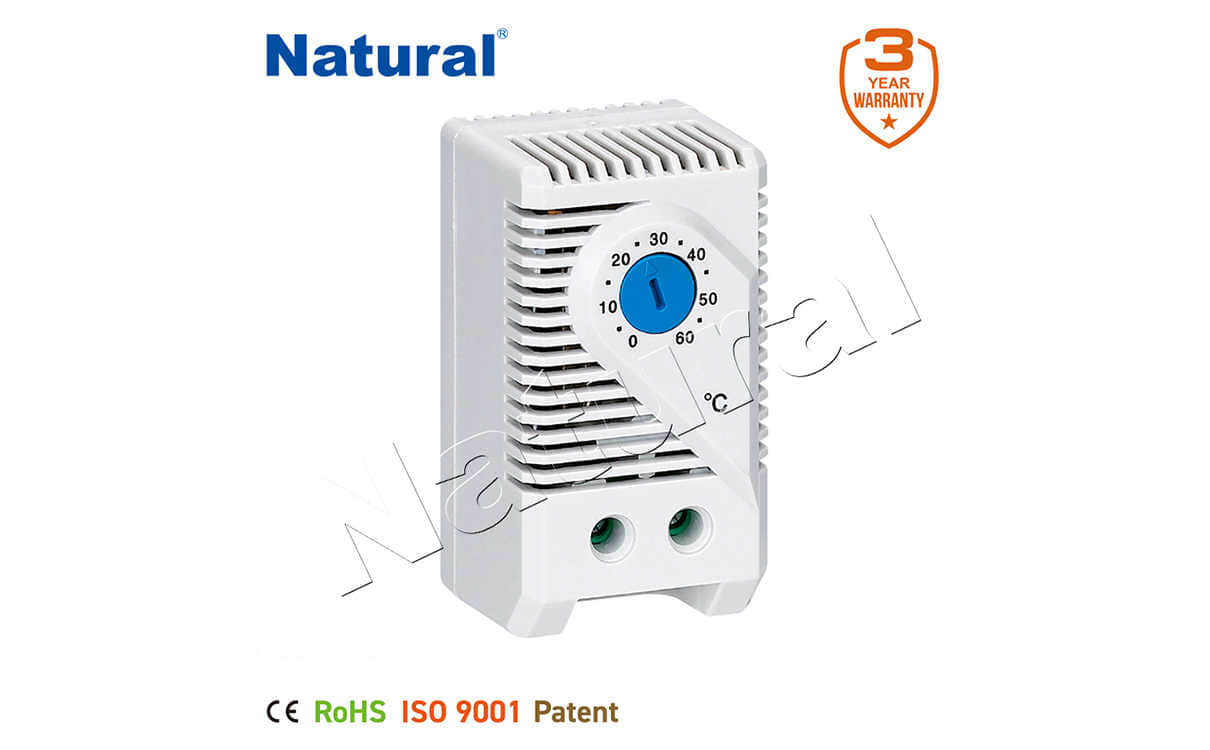the importance and functionality of a cabinet thermostat
Release time:2025-06-27 09:03:10
A cabinet thermostat is a vital component in the management of temperature-sensitive environments, ensuring that optimal conditions are maintained within cabinets or enclosures that house sensitive equipment. Whether used in industrial settings, laboratories, or even in residential spaces, a cabinet thermostat plays an essential role in regulating temperature to protect valuable items, enhance system performance, and increase the lifespan of electronic devices or machinery. In this article, we will explore the significance of a cabinet thermostat, how it functions, and the various applications where it proves to be indispensable.

What is a Cabinet Thermostat?
A cabinet thermostat is a device specifically designed to monitor and regulate the temperature inside a confined space, such as a cabinet, enclosure, or control panel. These thermostats can be used to maintain a stable environment for various electronic or mechanical systems that are sensitive to temperature changes. By controlling heating or cooling systems, a cabinet thermostat ensures that the internal temperature remains within a preset range, protecting sensitive components from overheating or excessive cold.
How Does a Cabinet Thermostat Work?
The working principle of a cabinet thermostat is relatively simple. It consists of a temperature sensor, a control unit, and often a heating or cooling system. The thermostat continuously monitors the temperature inside the cabinet through the sensor. If the temperature rises above the preset threshold, the thermostat activates the cooling system, such as a fan or air conditioner, to bring the temperature back down. Conversely, if the temperature drops below the desired range, the thermostat activates a heating system, such as a heater or a heat strip, to restore the temperature to the appropriate level.
 28 items Patent
28 items Patent
 28 items Patent
28 items Patent
 28 items Patent
28 items Patent








